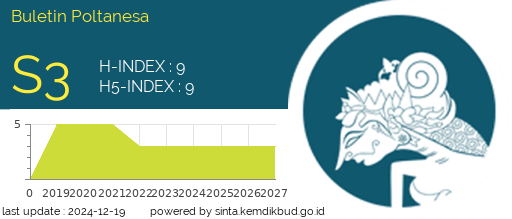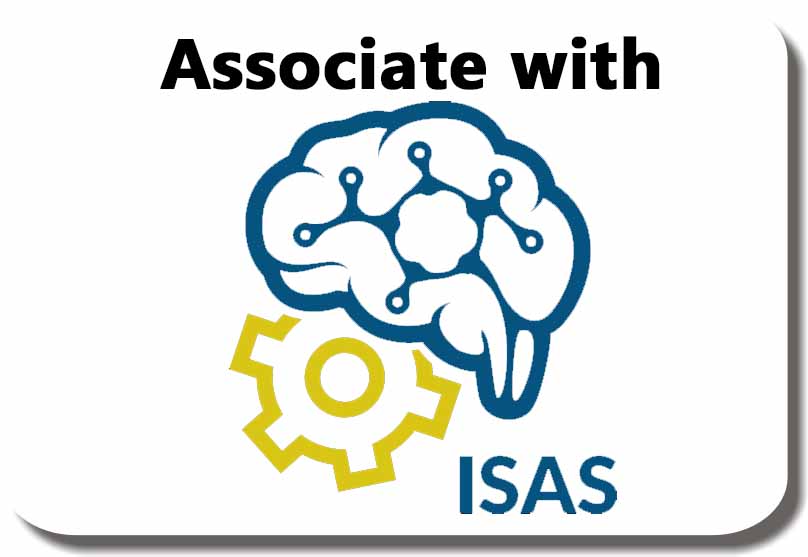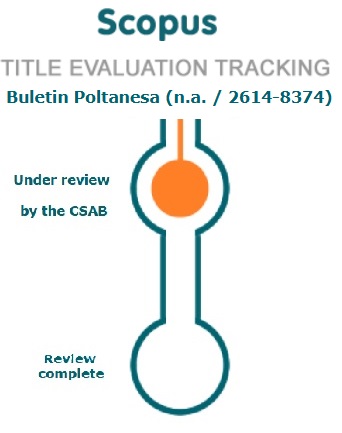Work Conflict Map: A Bibliometric Review of Key Elements and Their Development
DOI:
https://doi.org/10.51967/tanesa.v25i1.3030Keywords:
Work conflict, bibliometric review, Research trends, Conflict management, Organizational dynamicsAbstract
Work conflict is a pervasive phenomenon within organizational dynamics, garnering significant scholarly attention due to its multifaceted nature and profound impact on organizational performance and individual well-being. This bibliometric review scrutinizes the evolving landscape of work conflict literature, aiming to identify key trends, thematic clusters, and future research directions. By systematically analyzing a corpus of publications retrieved from reputable academic databases, including Scopus and Web of Science, this study provides a comprehensive overview of prevailing research themes and their development over time. Through methods such as overlay visualization, influential author analysis, clustering analysis, and density visualization, this study illuminates the intricate interplay between various constructs associated with work conflict, such as stress, job satisfaction, burnout, and leadership. Key findings underscore the evolving nature of work conflict research, highlighting emergent themes such as the impact of the pandemic, health-related concerns, and gender-specific experiences. Moreover, the study emphasizes the importance of proactive conflict management strategies and organizational support mechanisms in mitigating the negative consequences of work conflict. The findings of this study have significant implications for both researchers and practitioners, providing valuable insights into the current state of knowledge regarding work conflict and guiding future research endeavors aimed at fostering collaborative and innovative organizational cultures. Keywords: Work conflict, Bibliometric review, Research trends, Conflict management, Organizational dynamics.
References
Cox, T., & Blake, S. (1991). Managing cultural diversity: implications for organizational competitiveness. The Executive, 5, 45–56. https://api.semanticscholar.org/CorpusID:36042362
Diem, A., & Wolter, S. C. (2012). The Use of Bibliometrics to Measure Research Performance in Education Sciences. Research in Higher Education, 54, 86–114. https://api.semanticscholar.org/CorpusID:144986574
Jehn, K. A., & Mannix, E. A. (2001). The Dynamic Nature of Conflict: A Longitudinal Study of Intragroup Conflict and Group Performance. Academy of Management Journal, 44, 238–251. https://api.semanticscholar.org/CorpusID:17800484
Jin, S., Zhu, X., Fu, X., & Wang, J. (2022). Family Supportive Leadership and Counterproductive Work Behavior: The Roles of Work-Family Conflict, Moral Disengagement and Personal Life Attribution. Frontiers in Psychology, 13. https://doi.org/10.3389/fpsyg.2022.906877
Kilmann, R. H. (1974). Thomas-Kilmann Conflict Mode Instrument. https://api.semanticscholar.org/CorpusID:150979738
Locke, E., & Latham, G. (1991). A Theory of Goal Setting & Task Performance. The Academy of Management Review, 16. https://doi.org/10.2307/258875
Manalu, H. (2020). The effect of workload and work environment on employee performance. Smart Scientific Journal, 4(2), 140–147.
Musaigwa, M. (2023). The Role of Leadership in Managing Change. International Review of Management and Marketing, 13, 1–9. https://doi.org/10.32479/irmm.13526
Nur, I. (2021). The Effect of Work Conflict and Communication on Employee Performance at PT Bina Artha Ventura. Amsir Management Journal, 2(1), 1–6.
Oktaviani, D. N., & Irmayanti, N. (2021). The effect of work stress on employee performance. Journal of Psychology Wijaya Putra (Psychowipa), 2(1), 20–28.
Puspitasari, A., Adjie, S., & Chamidah, S. (2020). The effect of work conflict, work stress, and work motivation on employee performance at Maju Hardware Madiun. ASSET: Journal of Management and Business, 1(1).
Rahim, M. A. (2017). Managing Conflict in Organizations. https://api.semanticscholar.org/CorpusID:231190139
Rahman, M. A. (2023). THE EFFECT OF WORK CONFLICT, WORK STRESS AND WORK ENVIRONMENT ON EMPLOYEE PERFORMANCE (Case Study on Employees at Yos Soedarso University). Yos Soedarso Economic Journal (YEJ), 5(2), 13–37.
Robbins, S. P., & Judge, T. A. (2017). Organizational Behavior. Pearson. https://books.google.co.id/books?id=UKy1jgEACAAJ
Selvin, E. N., Kurniawan, A. P., & Transilvanus, V. E. (2023). The effect of work conflicts and morale on employee performance at the Sikka District Population and Civil Registration Office. Journal of Entrepreneurship and Business Management: Cuan, 1(2), 121–132.
Sulastri, S., & Onsardi, O. (2020). The Effect of Work Stress, and Workload, on Employee Performance. Journal of Management and Business (JOMB), 2(1), 83–98.
Susilo, Y., & Wahyudin, W. (2020). The effect of work conflict and work stress on employee performance. EKOMABIS: Journal of Business Management Economics, 1(01), 45–58.
Syuhada, I., & Amelia, W. R. (2021). The influence of work conflicts and morale on the performance of Avsec Angkasa Pura division employees. Scientific Journal of Management and Business (Jimbi), 2(2), 136–145.
Tjosvold, D. (2008). The conflict-positive organization: it depends upon us. Journal of Organizational Behavior, 29(1), 19–28. https://doi.org/https://doi.org/10.1002/job.473
Tjosvold, D., Wong, A., & Yi-Feng, N. (2014). Constructively Managing Conflicts in Organizations. Annual Review of Organizational Psychology and Organizational Behavior, 1, 545–568. https://doi.org/10.1146/annurev-orgpsych-031413-091306
Yasiri, F. A., & Almanshur, F. (2022). The effect of work conflict and work environment on employee performance in PG. Poor New Krebet. Journal of Management, 12(1), 65–74.
Yuniarti, R., Irwansyah, R., Hasyim, M. A. N., Riswandi, P., Septania, S., Rochmi, A., Febrianty, F., Wijaya, I. G. B., Handayani, F. S., & Bambang, B. (2021). Employee Performance (Theoretical and Practical Review).
Downloads
Published
How to Cite
Issue
Section
License
Copyright (c) 2024 Buletin Poltanesa

This work is licensed under a Creative Commons Attribution-ShareAlike 4.0 International License.
The copyright of this article is transferred to Buletin Poltanesa and Politeknik Pertanian Negeri Samarinda, when the article is accepted for publication. the authors transfer all and all rights into and to paper including but not limited to all copyrights in the Buletin Poltanesa. The author represents and warrants that the original is the original and that he/she is the author of this paper unless the material is clearly identified as the original source, with notification of the permission of the copyright owner if necessary.
A Copyright permission is obtained for material published elsewhere and who require permission for this reproduction. Furthermore, I / We hereby transfer the unlimited publication rights of the above paper to Poltanesa. Copyright transfer includes exclusive rights to reproduce and distribute articles, including reprints, translations, photographic reproductions, microforms, electronic forms (offline, online), or other similar reproductions.
The author's mark is appropriate for and accepts responsibility for releasing this material on behalf of any and all coauthor. This Agreement shall be signed by at least one author who has obtained the consent of the co-author (s) if applicable. After the submission of this agreement is signed by the author concerned, the amendment of the author or in the order of the author listed shall not be accepted.











